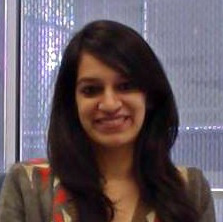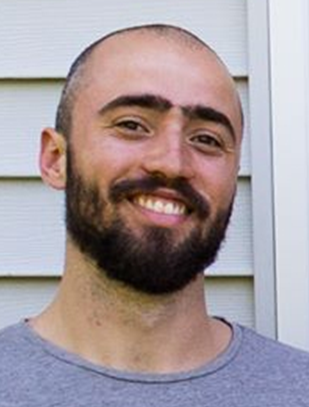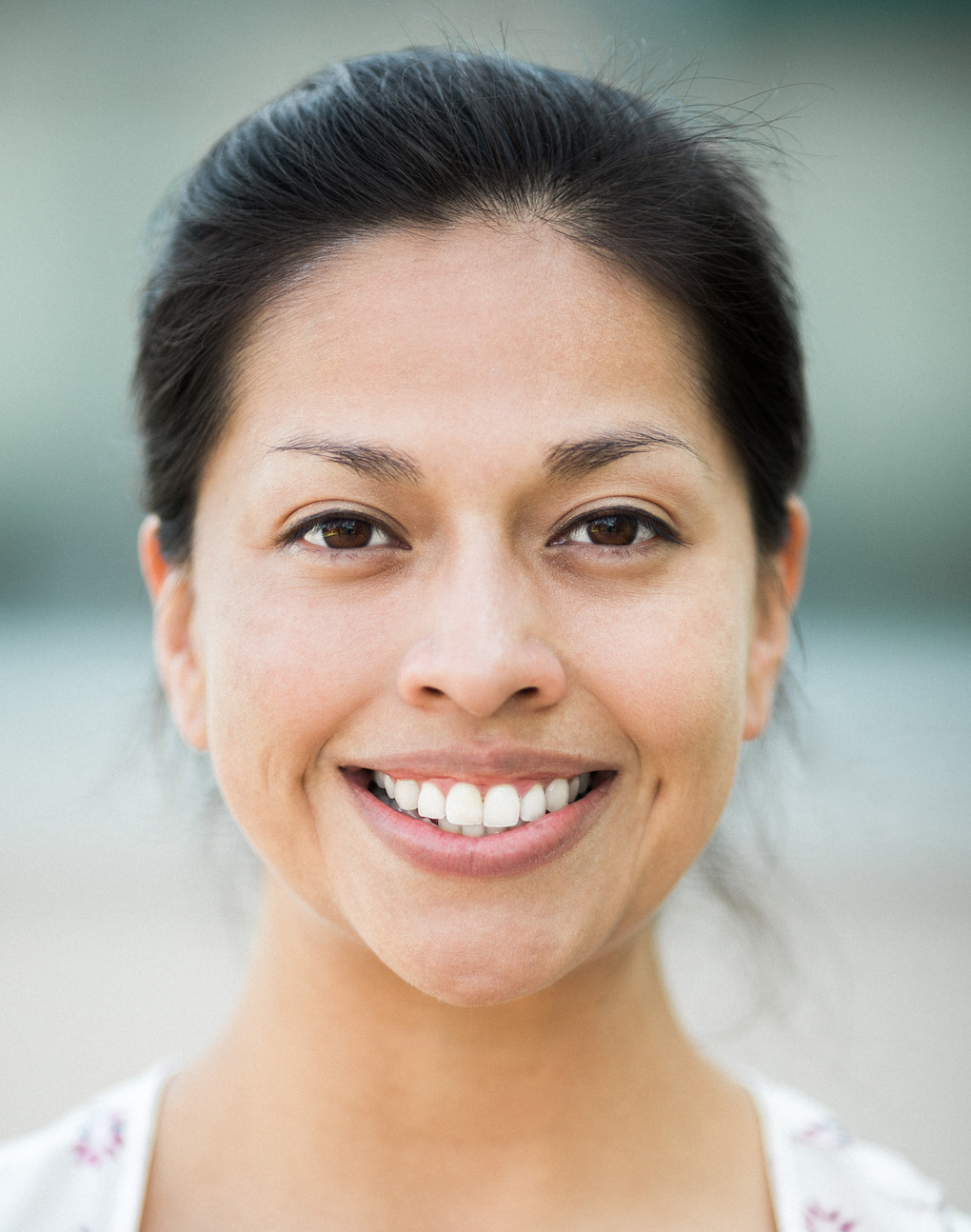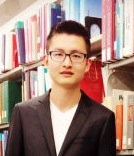Six students from five different departments are this year’s winners
With an ever-increasing pool of stellar talent to choose from, the IACS Jr. Researcher Award committee found it the most difficult year yet to pick winners from the 19 candidates who applied for the prestigious award. “Each year this selection process is simultaneously both one of the most fun things we do and one of the toughest. Fun because we get to see lots of different disciplines through the fresh eyes of these talented young scientists, but also tough because we do have to make a selection. This year it was especially hard due to the large number of great proposals,” said IACS Director Robert Harrison.
Of the 19 candidates, nine were chosen to move to the second round of the selection process which entailed giving a 12-minute research presentation to the awards committee followed by a few minutes of Q&A.
Two of the students, Aditi Ghai and Zeyang Ye both from Applied Math & Statistics, are returning award winners. The other four are new and come from such diverse backgrounds as Linguistics, Ecology & Evolution, Physics, and Computer Science. All, however, have a common theme: computational science is a strong component of their work. Other areas on which the candidates are judged range from clearly communicating their goals and accomplishments; being knowledgeable and enthusiastic about their research; indicating innovation beyond their advisor’s research; and imparting the significance and originality of their work.
 |
 |
 |
 |
 |
 |
| Aditi Ghai |
Alena Aksenova |
Bento Gonçalves |
Maria |
Zeyang Ye |
Rathish Das |
Aditi Ghai (AMS) – Towards More Efficient and Robust Multigrid Methods
Originally from the northern part of India, Aditi has always been interested in knowing what goes on behind the scenes in life. Hoping to graduate within two years, she wants to get a job in industry or with a national lab doing research applications of numerical analysis and linear algebra.
Alena Aksenova (LIN) – Subregular Toolkit Implemented in Python
Alena is from Moscow, Russia. She has always been curious in general, and her love for math and languages brought her to linguistics. According to Alena, “I still haven’t decided who I want to be when I grow up,” but she wants to look for something that combines linguistics with industry and will allow robots to speak to humans.
Bento Gonçalves (E&E) – Autonomous pan-Antarctic Pack-ice Seal Census using Remote Sensing and Deep Learning
Bento Gonçalves is originally from Bage, Brazil. When he came to SBU he was meant to work on theoretical ecology with a faculty member who unexpectedly retired, which left him looking for another advisor. He found Professor Heather Lynch and started working on applied ecology in the Antarctic. When he finishes his PhD he will either pursue a research position in industry with AI or return to Brazil to pursue a faculty position.
Maria Barrios Sazo (PHY) – Simulations of Black Widow Pulsars and White Dwarf Mergers using Castro
Originally from Guatemala, Maria enjoys math and algorithms and also some chemistry, so her research involves a lot of the areas that are interesting to her, plus, “Stars are very cool.” After graduation, she would like to continue her research in industry creating simulations that involve high-performance computing. (Maria's Photo was taken by Jakub Ostrowski Photography)
Zeyang Ye (AMS) – Parallel Markov Chain Monte Carlo Methods for Optimization
Curiosity initially drew Zeyang to science. He writes parallel code and also redesigns parallel algorithms for the Markov chain Monte Carlo methods. After graduation, he plans to continue his research in industry. He wants to apply the parallel Markov Chain Monte Carlo methods to solving different problems in an extraordinary small amount of time.
Rathish Das (CS) – Auto-generating High Performing Implementations from Problem’s High Level Description
Rathish hails from Calcutta, and as a young boy he was greatly influenced by his physics teacher who fueled his interest in science and math. His research involves the theoretical and practical aspects of high-performing parallel computation. After graduation, he would like to remain in academia and will pursue a faculty position at a university.
The Institute for Advanced Computational Science engages faculty, students and postdocs from a wide variety of academic backgrounds, all of whom have research interests that involve the use of high-performance and data-intensive computing. To find out more about IACS and the schedule of events, see http://iacs.stonybrook.edu/.